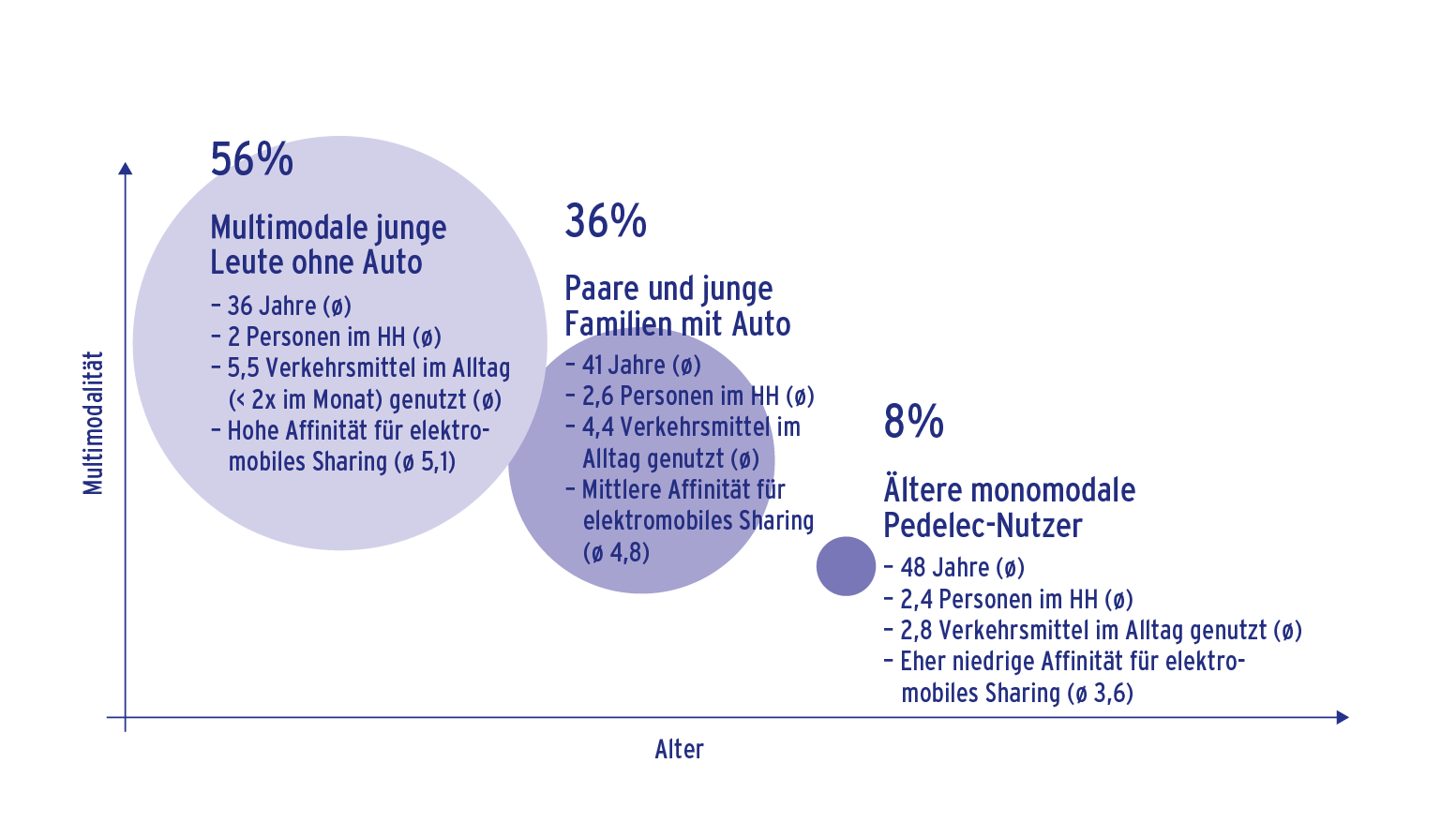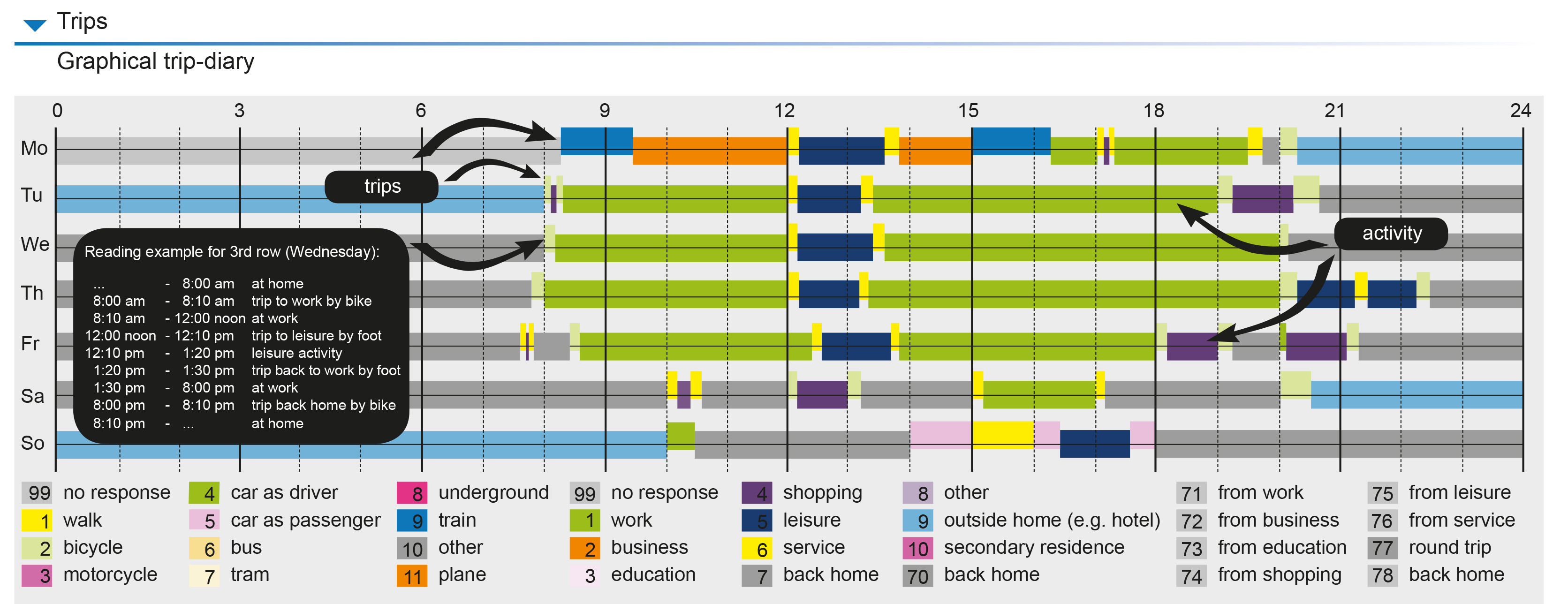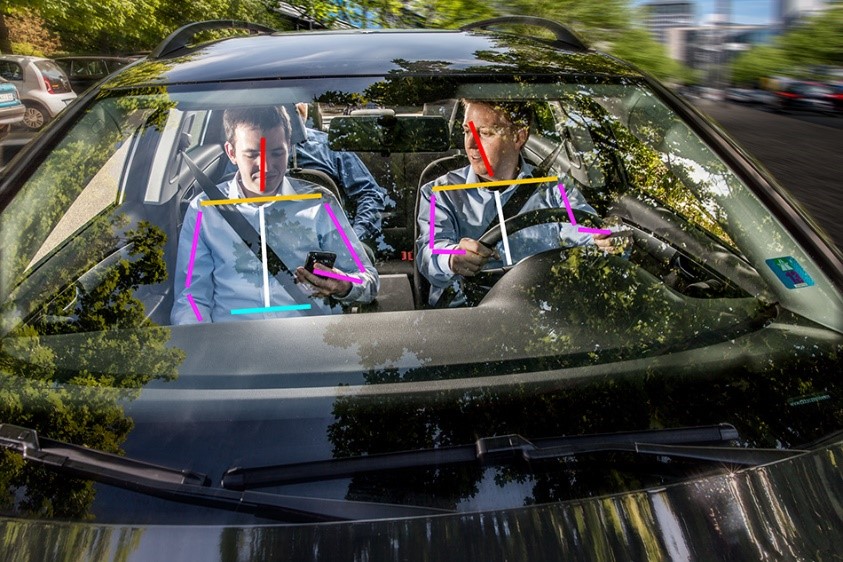Traffic and mobility in a changing society
Demographic change has an impact on everyday mobility: transport systems, for instance, must be adjusted to the needs of elderly people. At the same time, tendencies for re-urbanization are also visible: the population sizes of metropolises are (slightly) increasing, and suburbanization processes are diminishing. Furthermore, there is an observable decline in population in rural areas, as well as in the importance of the passenger car as other forms of shared transport continue to gain popularity. These developments harbor the potential of implementing new mobility concepts and thus a more sustainable mobility behavior.
In initialization project 1, these developments and their effects on mobility behavior are examined, and new mobility concepts are developed. For this purpose, the following objectives are pursued:
- To analyze the impact of demographic change and to derive the mobility requirements of the future
- To develop new mobility concepts and technological advancements based on the changing requirements of mobility
Within the framework of the first project objective, the needs and requirements of various population groups in different phases of life are examined against the background of demographic change.

Multimodality of different age groups
In the projects, the everyday mobility of families as well as the changes in the mobility behavior of young adults and elderly people are analyzed over time, and the changes of mobility caused by certain life events, such as the founding of a family, are examined in more detail. In addition, target groups for car sharing systems and integrated mobility concepts are to be identified, and the acceptance of intermodal services is analyzed. For this purpose, data accumulated from an interview study, mobility surveys (German Mobility Panel: MOP), user surveys and a representative population survey are evaluated.

Graphical presentation of the trip-diary of the German Mobility Panel
Based on the results of the first project objective, new mobility concepts and technological solutions are to be developed as part of the second project objective. To this end, sustainable, integrated and innovative concepts for lifelong mobility in Karlsruhe and the surrounding areas are to be identified. The methods present best-practice analyses as well as workshops and interviews with users. In addition, the requirements for demography-related mobility concepts are examined with the aid of vehicle simulations. For this purpose, the driver requests concerning vehicle dynamics are analyzed as a function of individual factors, and requirements on driving topologies and the loads of their components are derived and developed. The project also develops technical solutions that are useful against the background of demographic change. In this context, a camera and video-based person identification is utilized to develop innovative assistance and interaction solutions within the vehicle interior.

Thereby, a target-oriented design of the man-machine interfaces in the vehicle interior that is suitable for the respective ages, users and situations can be achieved. A natural interaction with technology allows for comfortable and safe mobility, reduces barriers of use, and is part of an active participation in the social life. In addition, an autonomous, battery-electric powered transport and towing vehicle (project name E-City-Buddy) that will assist in the transport of goods and can pull e.g. a shopping trolley, is to be developed.



